Gordon bat colony: Ku-ring-gai Council announces plans to help residents
A council is proposing mental health support and double glazing for residents as a growing bat colony increasingly makes life a living hell for a north shore neighbourhood.
North Shore
Don't miss out on the headlines from North Shore. Followed categories will be added to My News.
Noisy and smelly bats disturbing the peace on Sydney’s upper north shore have prompted new plans to reduce the impacts on fed-up residents.
An environmental “buffer zone” between bat habitats and properties and a mental health program to support residents are among measures Ku-ring-gai Council is considering to make life easier for people living within earshot of a camp of grey-headed flying foxes in Gordon.
The measures form part of an updated management plan covering the 15.3ha Ku-ring-gai Flying Fox Reserve surrounding Stony Creek which provides sanctuary to the vulnerable species, recognised at risk of extinction.
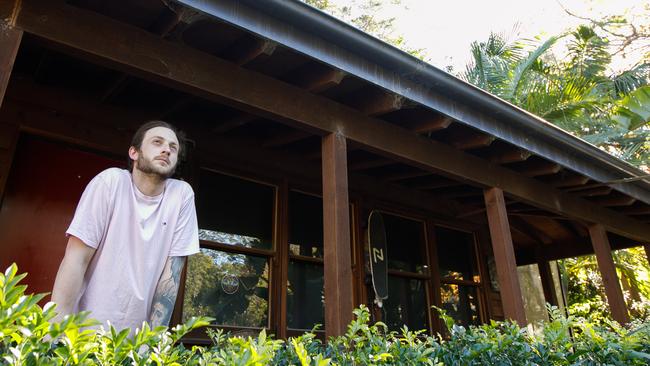
As many as 50,000 flying foxes have been recorded within the reserve over the past two years and are most active during summer and the March mating season.
But the proximity to homes has left many locals at their wits’ end with excrement, noise, odour, tree damage and fear of disease among the areas of concern.
Ollie Jackson, whose family home backs on to the reserve, said the impacts have become “progressively worse” over the last two years.
“Sleep is one of the biggest factors – they start at about 5pm and start up again first thing in the morning and there’s also the smell” he said.
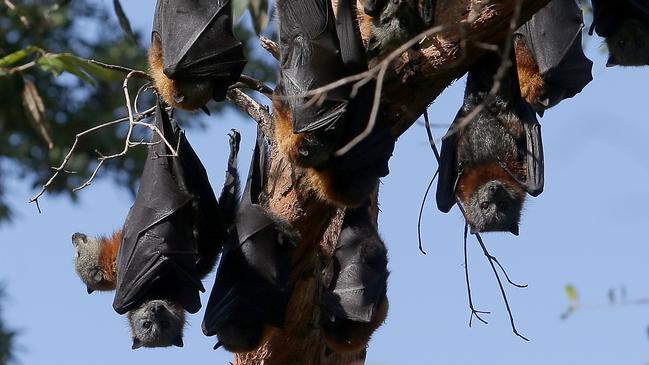
“There are trees near the back of the house which are probably some of the most densely populated trees I’ve seen with a living species – it looks like dracula and his swarm.
“I think the only answer is to keep them further back by cutting the trees at the property lines – it hasn’t been too much to ask for.”
Nearby homeowner Helen Liem said residents have also struggled to sell their homes due to noise with some even timing auctions during winter months when bat activity declines.
“When we moved here in 1989 they were mainly down the valley but they’ve eaten all the trees and have moved up closer to the homes,” she said.
“The bat poo damages the paint on the cars because of all the berries they eat and I have to go out every day to hose off the slashes of poo from the house before it eats into the paint.
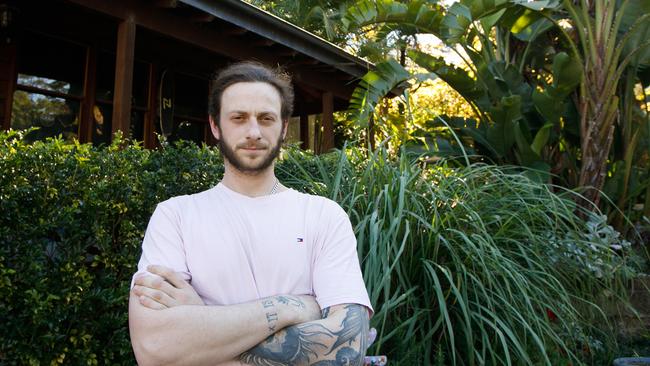
“I’m not sure there’s a clear solution but I think they need to be detracted from the area away from homes.”
A council survey of residents living near the reserve showed 43 per cent had negative experiences with the flying foxes compared to 42 per cent positive.
Survey responses from residents living further afield meanwhile showed 47 per cent had positive experiences and named habitat protection and conservation as areas of importance.
Ku-ring-gai Bat Conservation Society ecologist Tim Pearson said the reserve played an important role in the longevity of the species but recognised the impacts on nearby residents.
“Urban flying fox camps can be very wearing if you live next to them – some people like them, some people manage to put up with them and some absolutely hate them,” he said.
“A lot of it comes down to misconceptions and the disease risk is hugely overstated. If you don’t touch the bats there’s no risk.
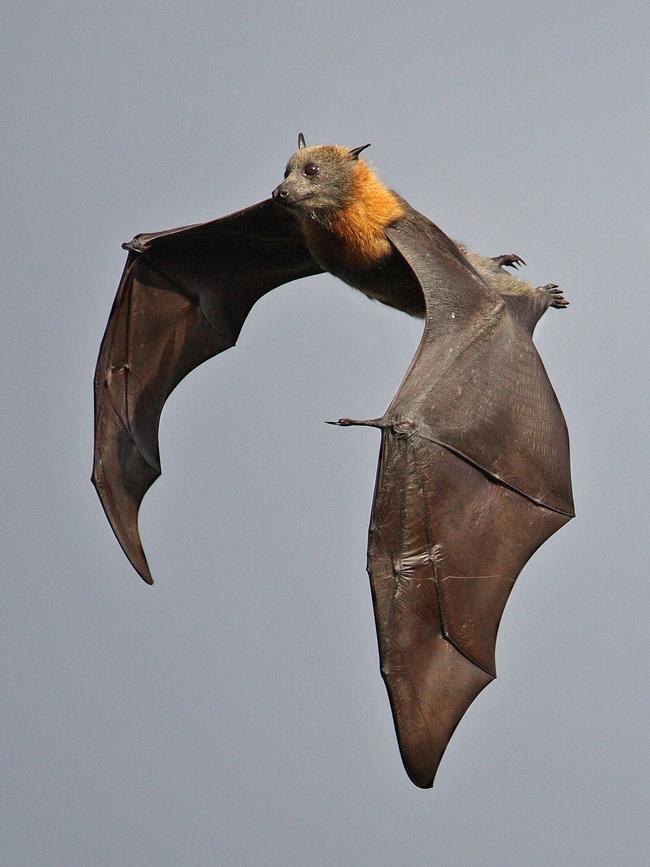
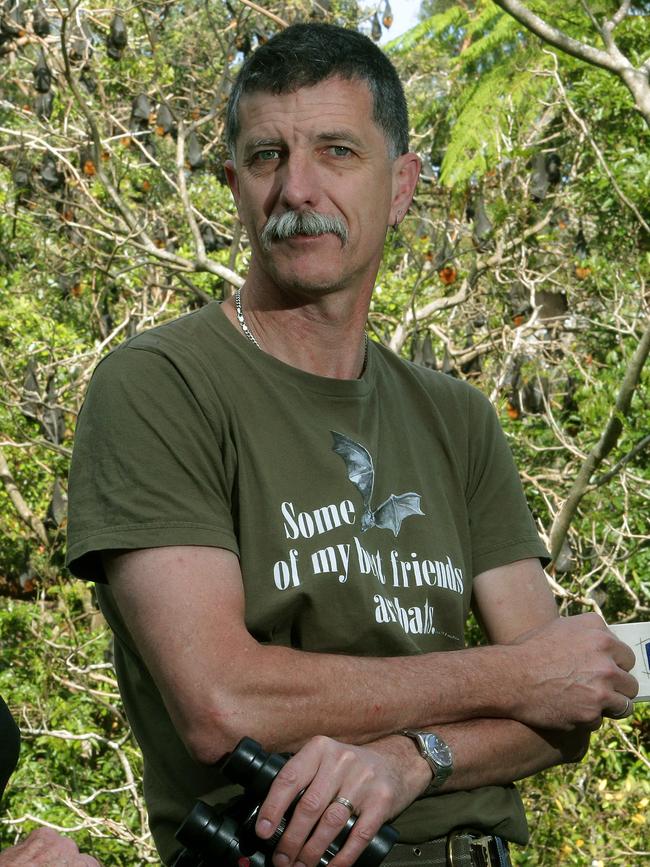
“At the end of the day trying to move them is a waste of time and every dispersal attempt in Sydney has failed – they either come back or move someone else less suitable.
“I think living with it comes down to attitude.”
The council’s proposed measures include a mental health assistance program during peak periods of bat noise and investigating ways of incorporating flying foxes into the planning/development system to address future conflicts.
There is also the continuation of educational programs and financial subsidies for impacted homeowners to fund measures such as double glazed windows, fruit tree netting and car covers.
A council spokeswoman said the proposed “buffer zone” separating habitat and homes would involve sprinklers mounted in trees.
“This could deter flying foxes from roosting in specific areas and create a separation buffer between residents and bats,” she said.
Grey-headed flying foxes were first recorded at the reserve in the 1960s and are considered a keystone species due to their contribution to the health and diversity of vegetational communities.
Mr Pearson said the camp has become more important in recent years due to numbers across the east coast impacted by drought, bushfires, food shortages and habitat destruction with 100,000 flying foxes estimated to have died from 2019 to 2020.
Large camps are also found in suburbs including Balgowlah, Parramatta, Wolli Creek, Emu Plains and Avalon.
Ku-ring-gai Council said the draft management plan will open for public consultation before the proposed measures are implemented.





